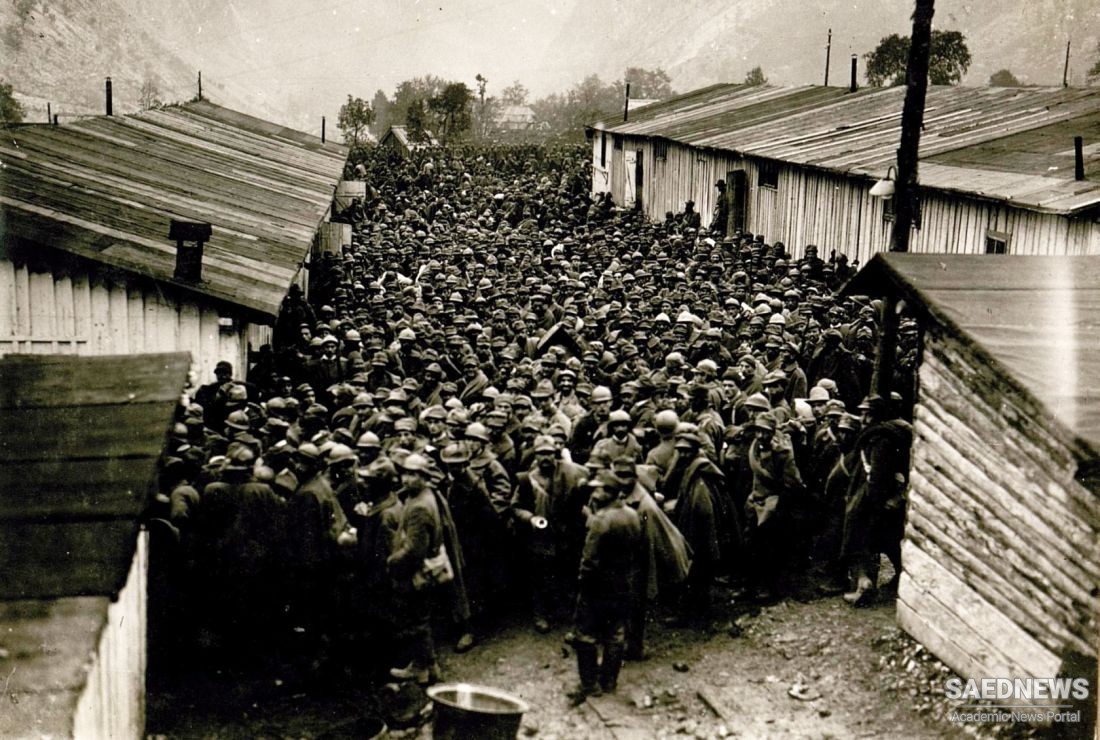At Brest-Litovsk their representative Leon Trotsky had at first refused to accept terms that involved the complete abandonment of their Baltic and Polish lands to German or Austrian control; but he also refused to make peace, hoping that revolution would break out in Berlin and Vienna in time to make it unnecessary. Those revolutions were indeed to come, but not just yet. So the German armies simply advanced unopposed, not only into Finland and western Russia, but deep into the Ukraine as far as the Caucasus and the Crimea.
When Lenin finally yielded in March 1918, it was on terms that involved surrendering territory containing about 90 per cent of Russia’s coal resources, 50 per cent of her heavy industry, and 30 per cent of her population, as well as a payment of six billion marks in ‘reparations’. In May Germany tidied up her eastern conquests by the Treaty of Bucharest, whereby Romania yielded up control of her oil production and grain surpluses and accepted an indefinite military occupation. Whatever happened in the west, the Germans had now acquired a vast, self-sufficient, and apparently impregnable eastern empire.
But it was not so much any threat from the west that now worried the German High Command. Even more alarming were developments within Germany itself. By 1917, as we have seen, the army had taken control of the German economy. But it still did not control the Reichstag, and the Reichstag held the purse strings with its power to vote or withhold war credits—the funds without which the war could not be carried on at all. For three years patriotism had held the Reichstag, and indeed the whole country, together, except for a small minority of socialist dissidents.
But by the winter of 1917 this unity was wearing very thin. It had been precariously preserved during the first half of that year by hope of success in the submarine offensive, but by late summer it was clear that no success was to be expected. The nation had endured four war winters, and the prospect of a fifth seemed unendurable. Scuffles in bread queues were escalating into riots, and riots into major strikes. In August 1917 the crews of naval vessels at Wilhelmshaven, bored as well as hungry, broke out in open mutiny. In January 1918 major and prolonged strikes erupted in Kiel and Berlin, and martial law had to be declared in Hamburg and Brandenburg. The Russian example was proving seriously infectious, and economic hardship gave edge to the swelling demand for peace.
This demand was fuelled not only by hardship but by political ideology. The despotic Czarist Empire that German liberals and socialists had always regarded as the enemy had been destroyed, and the new social-democratic regime in Russia seemed their natural allies. The advent of the United States had completed the unity of democratic powers against a Germany whose hegemonial ambitions as well as brutal conduct of the war German liberals and socialists were finding it increasingly hard to defend. At an International Socialist Conference in Stockholm in June 1917 the German delegates were made aware of their isolation and unpopularity. Largely in consequence of that experience, the Reichstag passed a Peace Resolution on 19 July by 212 votes to 126, demanding ‘a peace of understanding and the permanent reconciliation of peoples without forcible acquisition of territory and without political, economic or financial measures of coercion’. Simultaneously it was voicing demands for major reforms in the archaic electoral system of Prussia and, worst of all, for the armed forces themselves to be placed under its own control.


 Allied Fears in January 1918
Allied Fears in January 1918














































